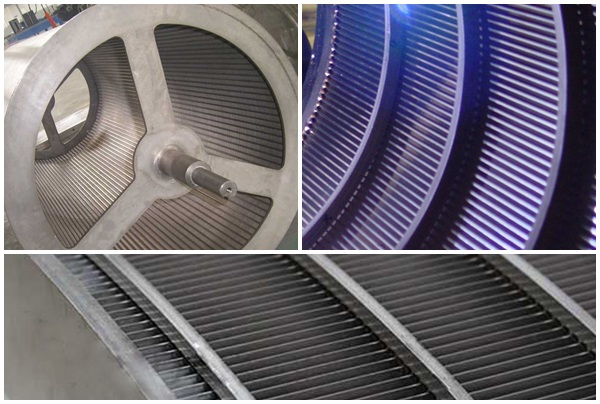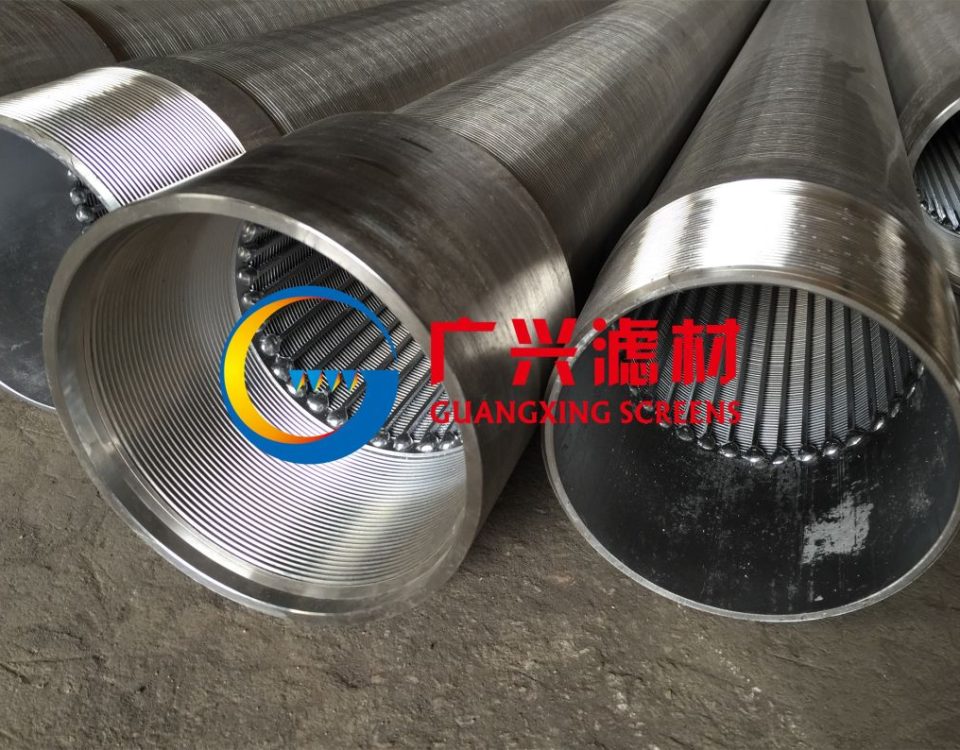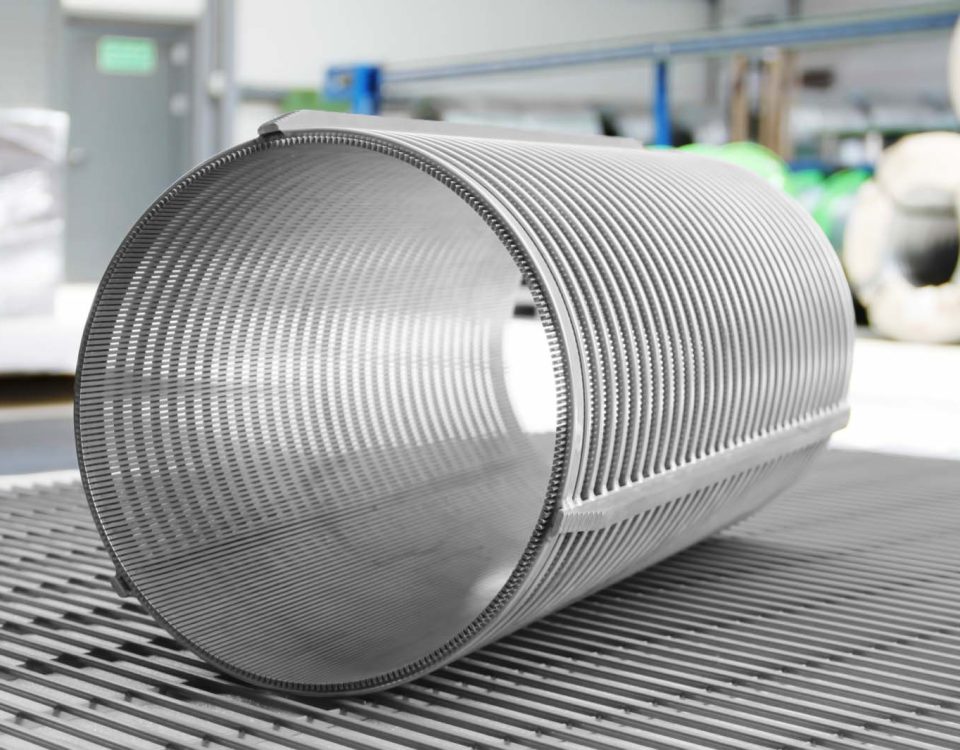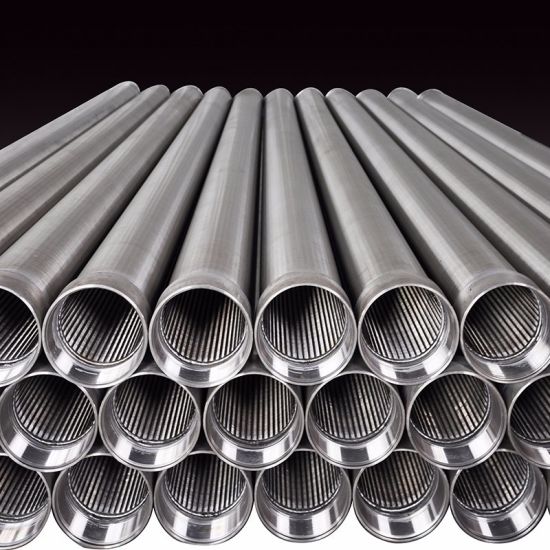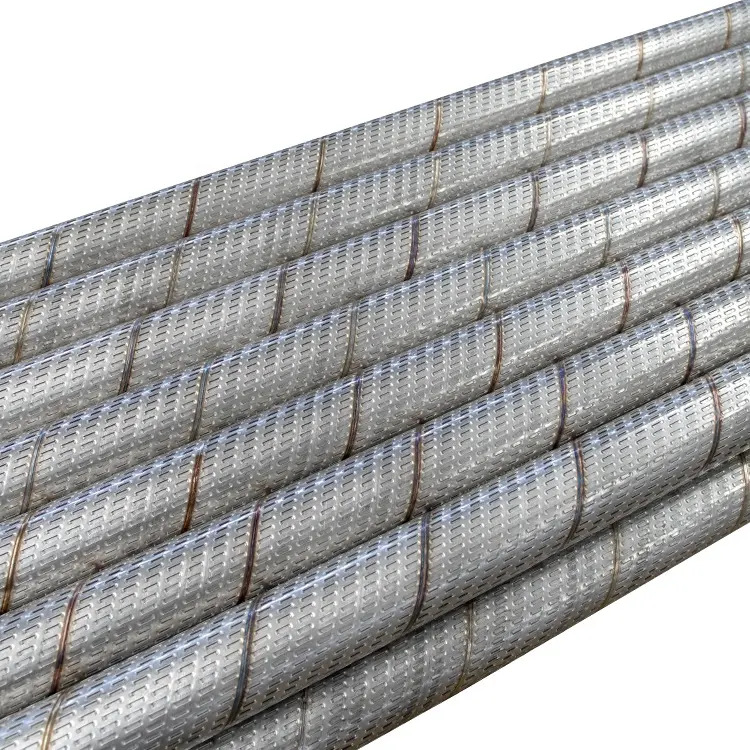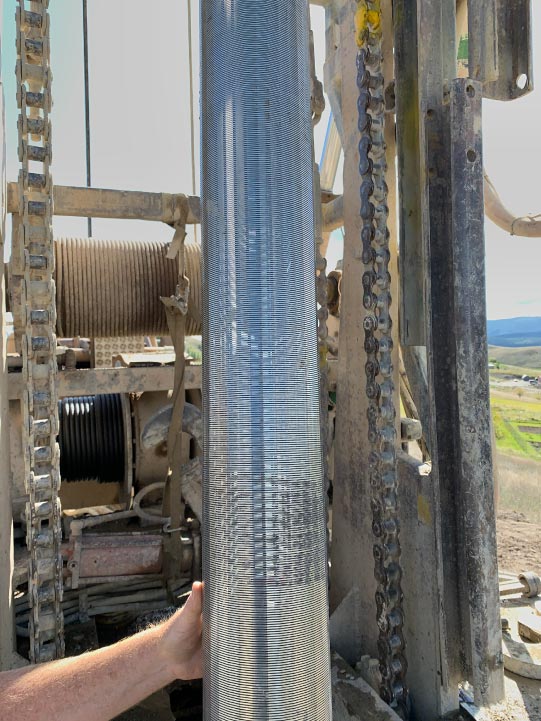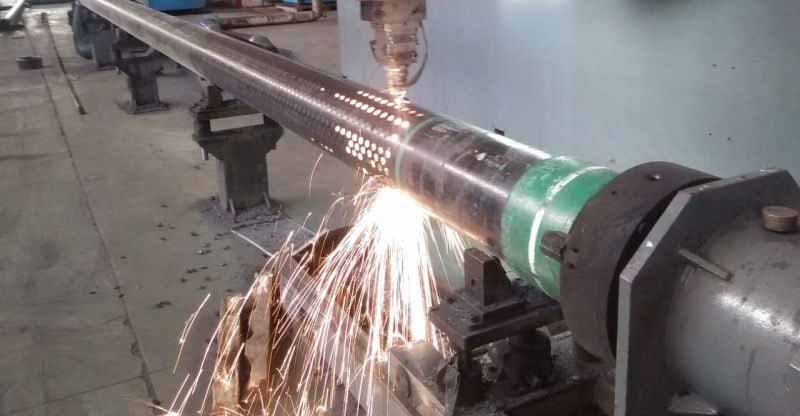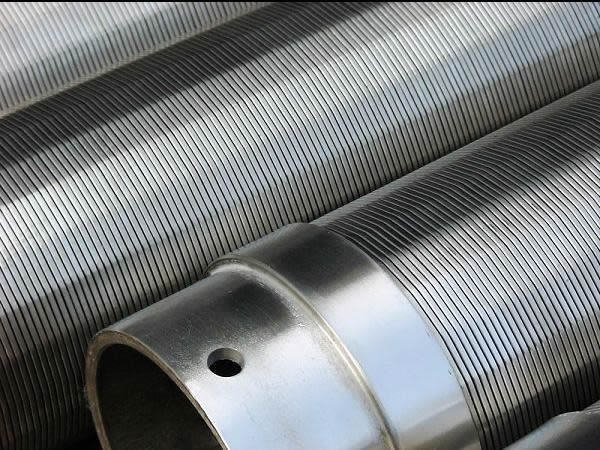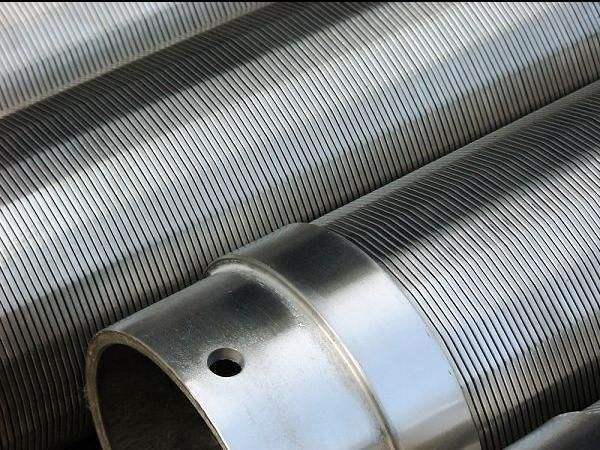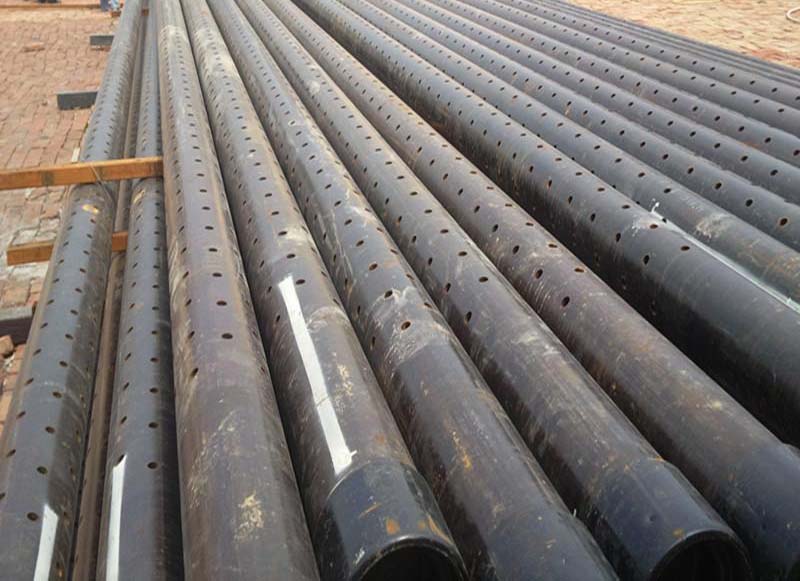Reversed wedge wire rotary drum screen / rotary drum filter screen for gold mining
December 25, 2017Water Well Screen For Groundwater
January 9, 2018Select Water Well Screen is the most critical factor Screen design is the most critical factor for the efficiency of a successful well.
The following criteria should be considered to enable the correct screen to be selected:
Mechanical strength Selected Screen must be resistant to:
• Tensile forces relating to supporting its own weight in the whole screen/ casing installation.
• Radial compressive forces created by the formation, which will be higher
Resistance to Corrosion
Corrosion can occur in instances where materials used are not conjucive with the prevailing well conditions. Water quality is important, but not the only factor. Johnson Screens offer a wide range of technology related materials and surface treatments which minimize the corrosion phenomena.
Selection of Slot SizeSelection of Slot Size
The screens purpose is to:
• Prevent sediment from entering the well.
• Support unconsolidated formations or gravel pack.
• Allow formation development
• Minimize clogging.
Selected slot size must give optimum open area: ie. Too small could easily block, too large would allow particles through.
Flow rates and pressure drop
t is generally accepted that the water velocity as it ascends inside the screen should not exceed 1,5m/sec, and that the through-slot water velocity (for sandy aquifers) should not be greater than 3cm/sec so that the pressure drop will be less than negligible when compared with friction losses as flow ascends in the screen.
Gravel pack selection
Coarse and non homogeneous material can be developed naturally, whereas fine and homogeneous material is best developed using a filter pack – Rule of thumb is that if at least 60% of particles are less than 0,75mm then a filter pack is required, with the screen slot needing to retain 90 % of the filter pack.
Slot & Gravel pack selections are linked together.
Slot size has to retain the gravel and this gravel is sized by the formation granulometry.
WE PRODUCTS : Specifications of water well screen/ johnson screen filter mesh with high quality
|
material |
304,304H,321,316L,Carbon steel
|
| wire size |
0.75×1.5mm, 1×2mm, 2X3mm, 2.3×3mm, 3×5mm |
| diameter |
25mm, 33mm, 37mm, 40mm, 60mm, 177mm,219mm,273mm,323mm |
| width(mm) |
1.50 1.80 2.30 3.00 3.30 3.70 |
| end connection | welding (beveled end), thread coupling(STC,LTC,BTC) or flange or sealed |
| surface treatment | galvanized, painted, polish, packiled and passivation, etc. |
| note | wires, rods and slot sizes can be customized |
MY COMPANY PRODUCTS: water well screen/ johnson screen filter mesh Advantages
1Non-clogging construction: The V-shape section plane of wedge wire screens (Johnson type screen) creates the continuous slot, which can avoid blockage and make sure of the unimpeded water.
2 Large filtering area: the consecutive slot of wedge wire screens (Johnson type screens) has wider open area, and it can reduce the speed of the water entering to avoid the sand entering the screen under the great pressure, so it can control sand better, which can increase the water yield and prolong service time of the well.
3 long service life: Wire and support rods are all-welded, which makes wedge wire screens (Johnson type screens ) more robust and longer life.
4 Excellent construction strength: The longitudinal support rods and the continuous slot make the wedge wire screens (Johnson type screens ) can be fabricated according to customers’ requirements.
Note: Wires, rods and slot sizes can be customized according to customers’ requirements.
WELL SCREEN SAND CONTROL DESIGN
Risk analysis
Economic considerations, such as the increased cost of remedial work, have moved sand control to a central position in well management.
Production reliability and productivity is essential and important.
The physical mechanisms that result in sand production in water well screens are very complex.
Producing sand can cause a premature failure of submersible pump equipment. Sand bridges formed in the casing or tubing can impede and eventually obstruct the flow of a well.
The compaction or erosion of surrounding formations can cause failure of casings and liners.
A screen failure in the producing zone can mean the loss of your well.
Other sand-related challenges include abrasion of downhole and surface equipment as well as difficulties associated to handling and disposing of produced formation sands.
Interaction formation – gravel – screen
The goal for well screens is stoppage of sand infiltration with undue reduction of flow capacity.
In order to determine the correct gauge for well screens, as well as the correct gravel pack annular, the formation granulometry must be known.
Formation grain sizes
In some cases, sufficient sand control can be achieved by the installation of a well screen without the use of a gravel pack. Some well screens, such as the guangxing™ screen from Johnson Screens®, have been designed specifically to stop fine formation sands without the need for a separate gravel pack.
In the absence of a gravel pack, well screen openings must be sized in direct relationship to the formation sand to be excluded.
When well screens are installed with a gravel pack, a different design basis is required. The loss of even a small amount of gravel may have a detrimental effect on well completion. Therefore screen slot selections are required to be sized for complete gravel retention.
The keys to the successful use of gravel are:
• correct sizing of gravel
• correct annular thickness
• homogenuous gravel pack
1. Fine formation sands
2. Medium formation sands
3. Coarse formation sands

